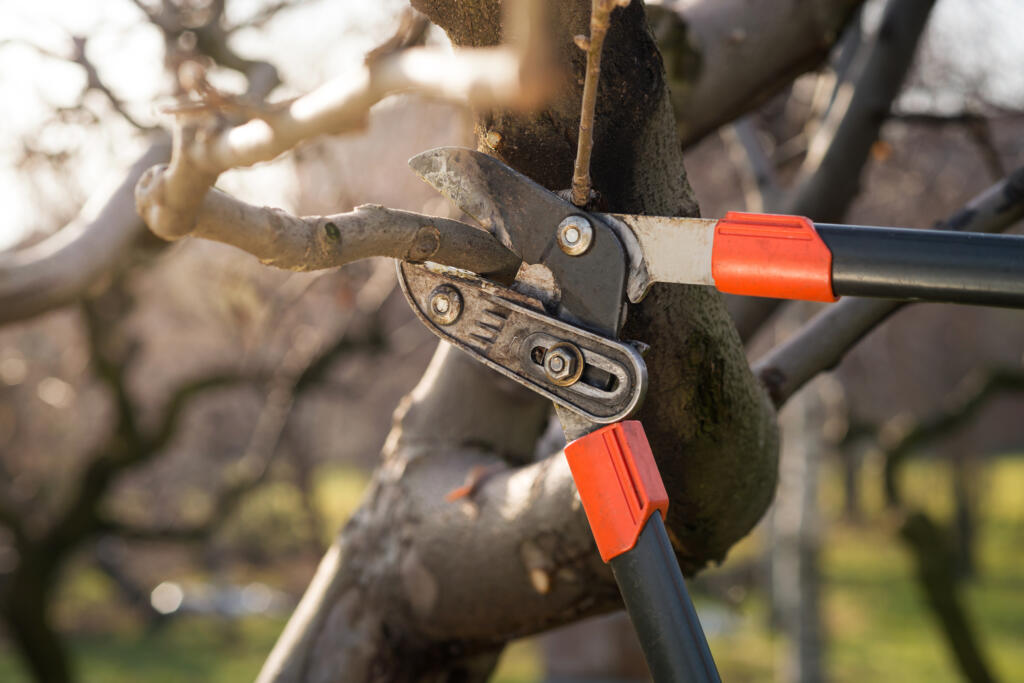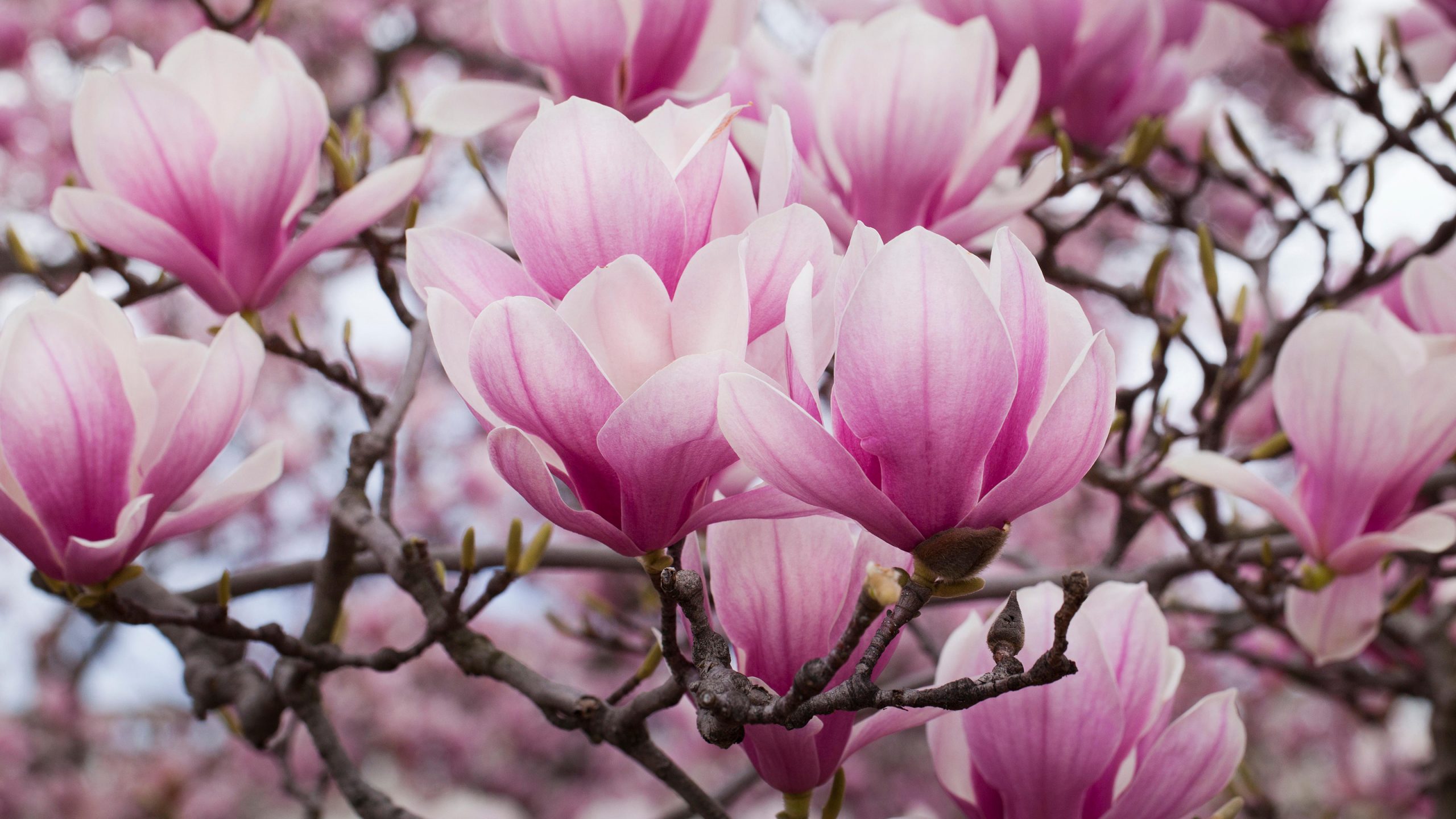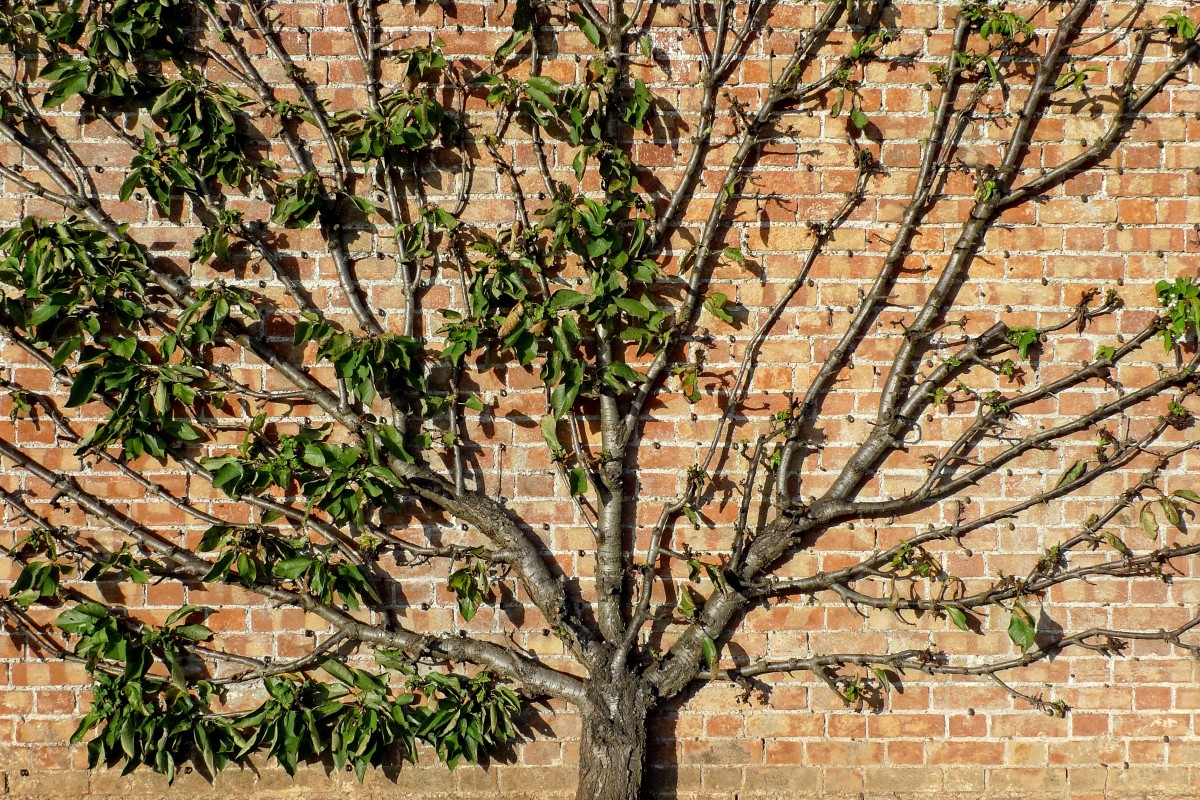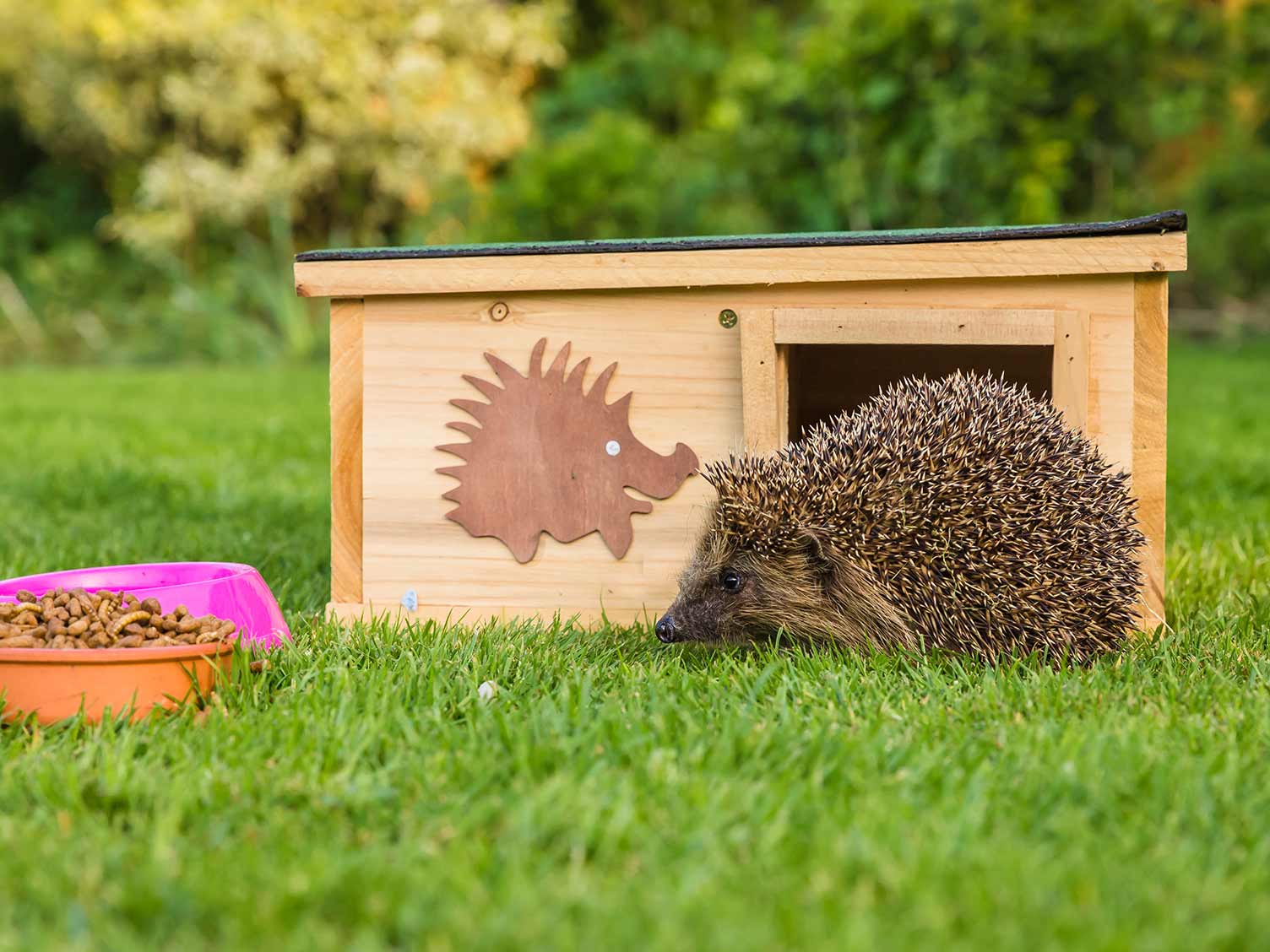Tulip, Japanese, and saucer magnolias (Magnolia x soulangeana) are deciduous trees that can grow to be 20 to 25 feet (6.1 to 7.6 m) tall and produce spectacular, fragrant blossoms in the spring. Tulip magnolias don’t require extensive pruning, but some specific pruning is required while the tree is young and a yearly cleaning up will help the tree to create more grounded branches and a more pleasing shape.
Getting Rid of Dead and Diseased Branches
 It is important to place dead and diseased branches ahead of healthy branches. When it comes to magnolia trees, removing healthy, if unappealing, branches may do more harm than good. Never prune more than a third of the tree at once, so always begin with branches that are dying or already dead.
It is important to place dead and diseased branches ahead of healthy branches. When it comes to magnolia trees, removing healthy, if unappealing, branches may do more harm than good. Never prune more than a third of the tree at once, so always begin with branches that are dying or already dead.
When in doubt, be conservative in your trimming. Magnolia trees are extremely sensitive to pruning. Excessive pruning can harm the tree, reduce blossoms the following year, and make the tree more prone to disease.
Wait Until the First Blooms Appear on the Magnolia Tree
This could be in the spring or summer, depending on your climate and variety. Only after the first bloom should you do any significant pruning on your magnolia tree.
Pruning in the winter or early spring may result in the tree not producing blossoms the following year. In addition, the tree will be more susceptible to disease.
If you notice a diseased branch later in the season, remove it to try to control the disease. However, be aware that this can harm the tree or make it susceptible to other types of disease. Before pruning, try treating the disease.
Before and After Pruning the Tree, Disinfect Your Shears
Wipe the shears down with rubbing alcohol and wait a few seconds for them to dry. When pruning multiple trees or plants, disinfect the shears after each one.
Remove Any Deadwood Near the Trunk
Even when the rest of the tree is in bloom, deadwood is brittle and often does not produce leaves or flowers. It could also be a different color than the rest of the tree. Get the branch about 1 in (2.5 cm) away from the trunk with lopping shears.
No matter how large or small the branch, deadwood should be removed.
Determine Whether Any Branches Are Diseased

Disease can be identified by discolored leaves and bark, drooping branches, or decaying wood. Remove the branches where they meet the trunk if the disease is limited to one or two branches.
If you notice cankers (dead open spots) or other signs of disease on the tree’s main trunk, it may be too late to treat. Inspect your tree with an arborist. In many cases, the entire tree must be removed.
Verticillium wilt, fungal leaf spot disease, and algal leaf spot are all common diseases of magnolias. In addition to removing the diseased branches, a fungicide or neem oil may be required.
Remove Branches
Remove branches larger than 2 inches (5.1 cm) in diameter with a handsaw. Cut about 18 in (46 cm) away from the trunk under the branch. Cut only about a third of the way through the branch. Make a second cut about 1 in (2.5 cm) further out on the tree’s top. If the branch falls while you’re removing it, these cuts will protect the tree, especially the bark.
After you’ve made these cuts, you can cut the branch just above the branch collar and remove it. To protect the tree, leave about 1 in (2.5 cm) above the branch collar. Branches this large should only be removed if they are dead or showing signs of disease. Removing large, healthy branches may cause the tree to suffer, resulting in water suckers.
If You Want to Control Growth, Choose Young, Lower Branches
 While you won’t be able to control the shape of the tree, you can remove the younger branches on occasion to prevent overgrowth. Look for branches that are 1-2 in (2.5-5.1 cm) in diameter and are lower on the tree.
While you won’t be able to control the shape of the tree, you can remove the younger branches on occasion to prevent overgrowth. Look for branches that are 1-2 in (2.5-5.1 cm) in diameter and are lower on the tree.
Look for branches growing at an unusual angle or crossing with other branches. These are excellent candidates for removal.
Only remove well-established branches or branches high on the tree if they are dead or diseased. Taking out large, healthy branches can harm your tree and prevent flowers from blooming.




1 thought on “Here’s How to Prune Magnolia Trees”